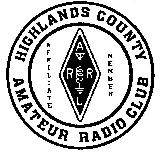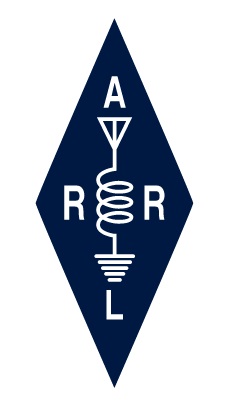The Bird Wattmeter and How it Works
The Bird 43 wattmeter is a precision instrument used to measure the power of radio frequency (RF) signals in a variety of applications, including radio and microwave systems, antennas, and transmitters. It consists of two main components: a directional coupler, which samples the power of the signal being measured, and a meter, which displays the power level.
Let's take a closer look at how each of these components works.
- The directional coupler:
The directional coupler of the Bird 43 wattmeter is a precision device that samples a portion of the RF signal being measured, allowing the power level to be accurately determined. The coupler consists of a section of transmission line with a special internal structure that allows a portion of the signal to be coupled out and sent to the meter movement.
The internal structure of the coupler includes a resistive element, which absorbs some of the signal power and converts it into heat, and a pair of diodes, which rectify the AC signal and convert it into a DC voltage that can be read by the meter.
When a signal is transmitted through the input port of the wattmeter, it enters the coupler and travels down the transmission line. A portion of the signal is coupled out and sent to the meter movement, while the rest of the signal continues on to the output port and the load (such as an antenna or transmission line).
The amount of signal power that is coupled out by the coupler depends on the design of the coupler and the frequency of the signal being measured. The coupler is designed to be impedance-matched to the transmission line or antenna being measured, so that the maximum amount of signal power can be extracted.
The diodes in the coupler rectify the AC signal and convert it into a DC voltage that is proportional to the power of the signal being measured. The average rectified DC voltage is then sent to the meter movement, which displays the power level on the meter.
- The meter:
The meter of the Bird 43 wattmeter is a precision instrument that measures the DC voltage produced by the coupler and displays the power level on a scale calibrated in watts or dBm.
The meter movement consists of a coil of wire suspended between two permanent magnets. When a current flows through the coil, it generates a magnetic field that interacts with the magnetic field of the magnets, causing the coil to rotate. The amount of rotation is proportional to the current flowing through the coil, which in turn is proportional to the DC voltage produced by the coupler.
The scale on the meter is calibrated to provide accurate readings of power levels over a wide range of frequencies and power levels. The user selects the appropriate element to match the impedance of the coupler to the transmission line or antenna being measured, ensuring that accurate measurements can be made.
- Conclusion:
In summary, the Bird 43 wattmeter is a precision instrument used to measure the power of RF signals in a variety of applications. The directional coupler samples a portion of the signal being measured and converts it into a DC voltage, which is then measured by the meter and displayed on a calibrated scale.
The accuracy and precision of the Bird 43 wattmeter make it an essential tool for anyone working with RF signals, from amateur radio operators to professional engineers. With its interchangeable elements and wide frequency range, it is versatile enough to be used in a variety of applications, and is a valuable addition to any test bench or field kit.



